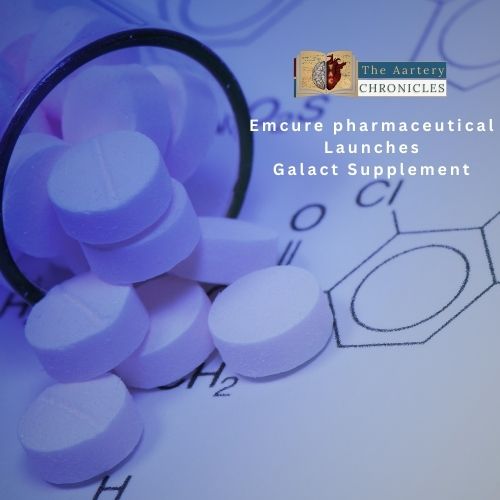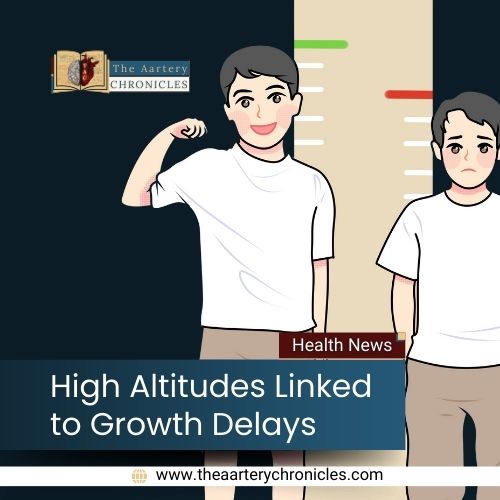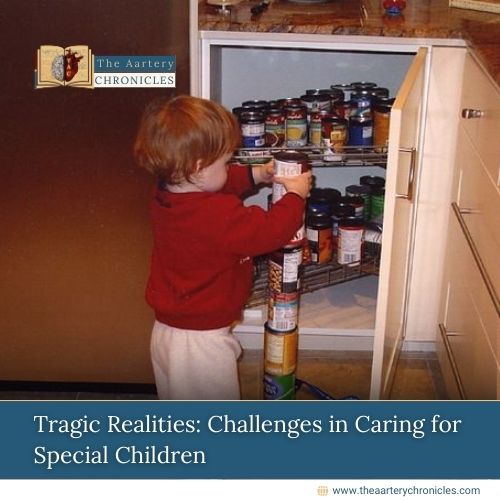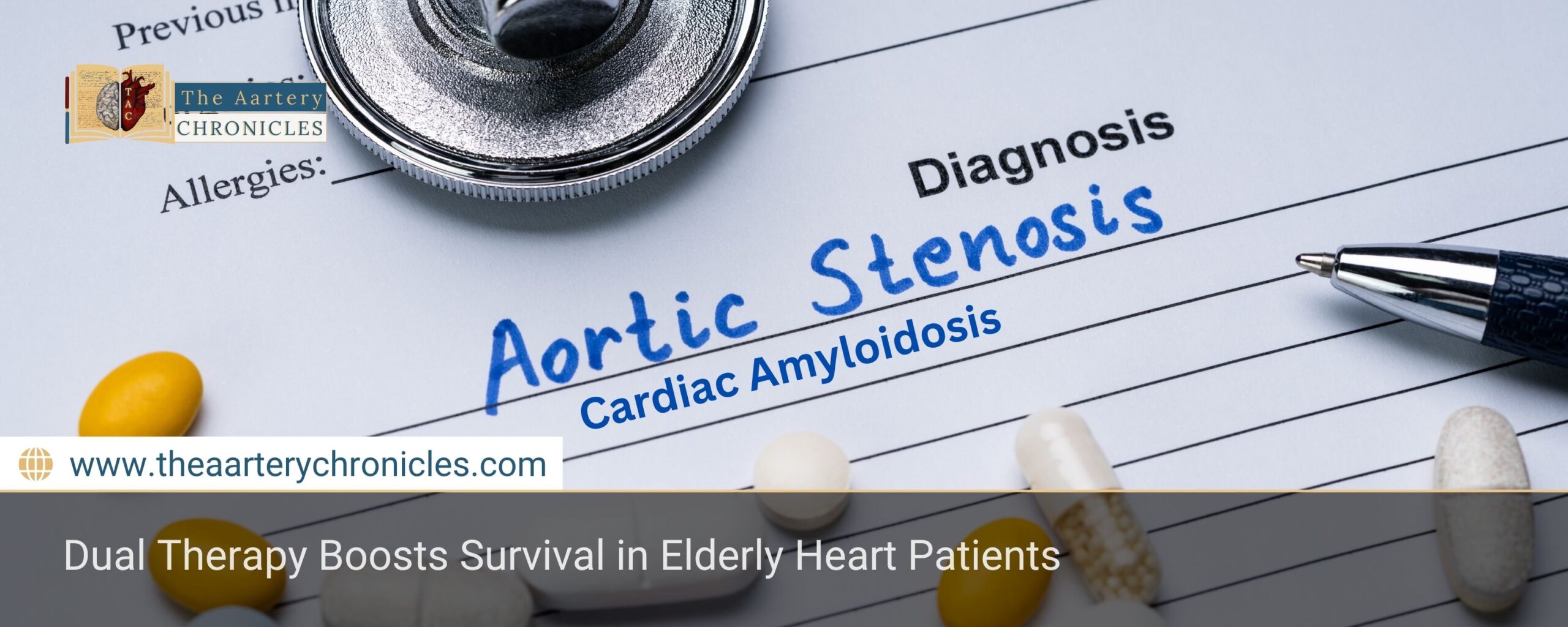
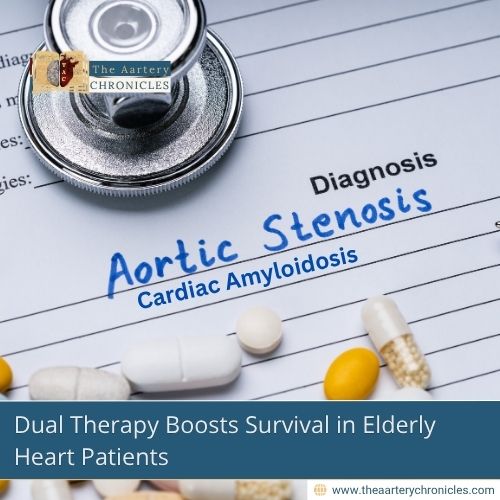
Dual Heart Treatment Breakthrough Boosts Survival in Elderly
Summary: A new international study reveals that elderly patients suffering from both aortic stenosis and cardiac amyloidosis live significantly longer when they receive aortic valve replacement combined with tafamidis, a targeted amyloidosis drug. Published in the European Heart Journal, the study highlights how treating both conditions, rather than just the valve issue, can significantly improve survival rates and pave the way for more personalised heart care.
What If Treating Both Heart Conditions Could Save More Lives?
Here’s some groundbreaking news from the European Heart Journal: Elderly patients suffering from both aortic stenosis and cardiac amyloidosis can significantly increase their chances of survival, but only when doctors tackle both issues together.
Aortic stenosis is when the heart’s aortic valve narrows, reducing blood flow. Cardiac amyloidosis, meanwhile, involves the accumulation of harmful proteins in the heart muscle. These two conditions often co-exist in older adults, making heart failure and death far more likely.
Historically, the focus has been on fixing the valve, but that leaves amyloidosis untreated. Now, researchers say it’s time to change that.
The Study: 226 Patients, 10 Countries, One Incredible Insight
Researchers analyzed data from 226 patients across 10 countries who were diagnosed with both conditions. They found that:
- Patients who received both aortic valve replacement and the amyloidosis-specific drug tafamidis had significantly lower mortality rates.
- Those who received just one treatment, or none, fared much worse.
- Remarkably, patients who got both treatments had survival rates similar to patients with aortic stenosis alone (i.e., without amyloidosis).
“Our results even show that patients with both conditions who received valve replacement and specific amyloidosis therapy had similar long-term survival rates to people with aortic stenosis without amyloidosis,” emphasised study leader Dr. Christian Nitsche.
The Missed Diagnosis That’s Costing Lives
A major concern the study raises? Underdiagnosis. Around 10% of people with aortic stenosis also have cardiac amyloidosis, but it often goes undetected.
That’s why the study’s authors stress the importance of routine screening for amyloidosis in elderly patients undergoing evaluation for valve replacement.
“Our findings also suggest that patients with severe aortic valve stenosis should be screened for amyloidosis so that we can offer them targeted life-prolonging treatment options,” Nitsche added.
A New Era in Personalized Cardiac Care
This research signals a shift in how we treat complex cardiac diseases in the elderly. It emphasises that mechanical repair alone isn’t enough; we must also target the underlying molecular causes, like amyloidosis.
By combining surgery with targeted drugs, for older adults with complex heart issues, doctors can offer more
- Personalised
- Effective
- Life-saving treatment
Treat the Whole Heart, Not Just Part of It
If you’re dealing with or managing care for someone with aortic stenosis, it’s essential to ask: Could cardiac amyloidosis also be present?
This study shows that treating both conditions can not only reduce the risk of heart failure, but can help patients live as long as those with a single diagnosis. It’s time to rethink standard care protocols and move toward comprehensive, dual-targeted treatment for better outcomes
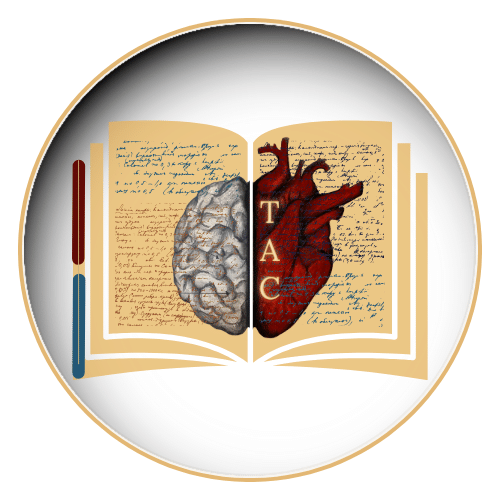
Dane
I am an MBBS graduate and a dedicated medical writer with a strong passion for deep research and psychology. I enjoy breaking down complex medical topics into engaging, easy-to-understand content, aiming to educate and inspire readers by exploring the fascinating connection between health, science, and the human mind.




